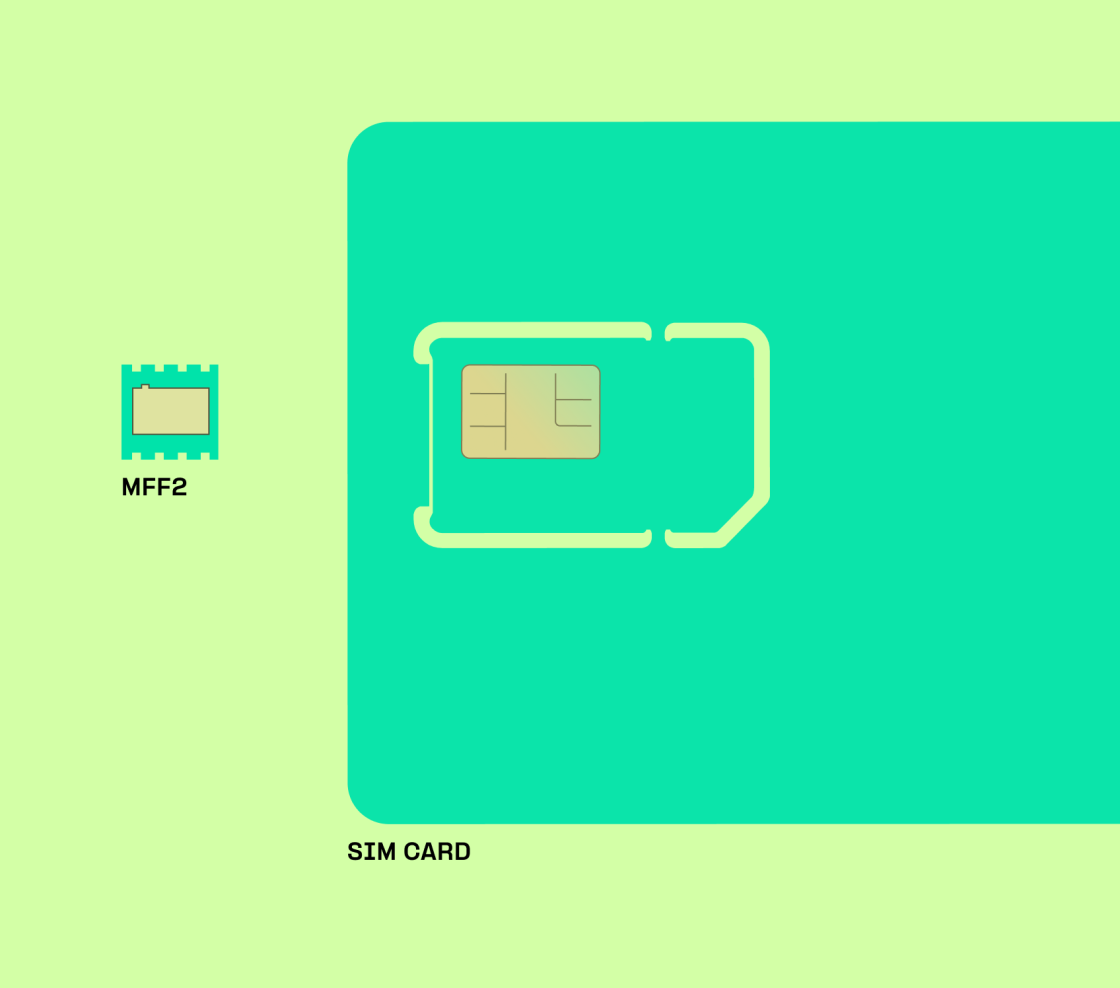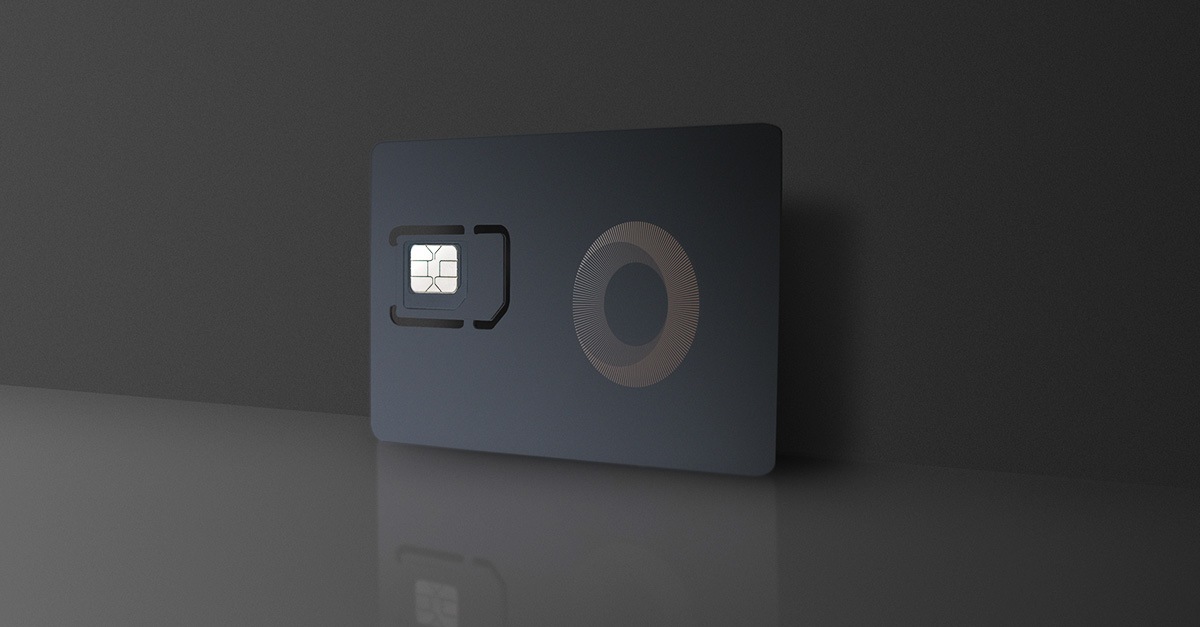Vodacom Iot Sim Card IoT SIM Card
The panorama of the Internet of Things (IoT) is marked by a multitude of connectivity standards and protocols designed to facilitate communication between devices, functions, and providers - Telkomsel Iot Sim Card. Each standard addresses particular needs and scenarios, making it important to check these protocols based on elements like scalability, vary, energy consumption, and utility suitability.

IoT connectivity standards embody a extensive array of technologies, together with Bluetooth, Zigbee, MQTT, CoAP, LoRaWAN, and cellular protocols such as LTE and 5G. Understanding the strengths and weaknesses of those standards can information businesses and builders in choosing the best answer for their purposes, ultimately impacting the effectivity and effectiveness of their IoT ecosystems.
Bluetooth is a widely adopted standard identified for its short-range connectivity. Bluetooth Low Energy (BLE) offers lower energy consumption, making it appropriate for battery-operated devices. This protocol is particularly efficient for client IoT purposes, similar to fitness trackers and smart house devices. However, its restricted range is usually a important disadvantage for applications that require long-distance communication.
Iot Sim Card IoT M2M SIM Cards Data Plans
Zigbee, another well-liked IoT protocol, is well-suited for mesh networking. This allows devices to communicate over larger distances by relaying knowledge between nodes. It operates on low power and is commonly used in smart lighting and home automation systems. Zigbee's power lies in its ability to support a lot of units within a community, making it best for smart constructing functions.
On the other hand, MQTT (Message Queuing Telemetry Transport) is a light-weight messaging protocol designed specifically for low-bandwidth and high-latency networks. It excels in scenarios where real-time communication is essential, corresponding to in remote sensor networks or machine-to-machine (M2M) communication. MQTT is designed for environment friendly message supply, making it a best choice for IoT applications that require quick information transmission.
Sim Card Per Iot About IoT SIM Cards

CoAP (Constrained Application Protocol) is another messaging protocol tailor-made for constrained units on lossy networks. It is often used in functions with strict requirements regarding power utilization and knowledge overhead. CoAP operates over UDP, which allows low-latency communication, making it perfect for real-time knowledge transfer in smart city functions and industrial automation.
LoRaWAN (Long Range Wide Area Network) serves a special objective, targeting low-power, long-range communication. copyright Iot Sim Card. It is particularly efficient for IoT purposes that have to cowl massive geographic areas, similar to agricultural sensors or city-wide monitoring techniques. LoRaWAN networks can support hundreds of gadgets, offering scalability that many other protocols might lack.
Cellular networks, significantly LTE and 5G, present a sturdy connectivity possibility for IoT devices requiring high bandwidth and low latency. 5G is designed for massive IoT implementations with low latency, enabling real-time communication for applications such as autonomous vehicles and smart healthcare. However, the value of cellular connectivity can be prohibitive for smaller tasks, making it essential to evaluate the finances alongside technical necessities.
Hologram Iot Sim Card Single-Core Global eUICC IoT SIM

Security is another important consideration within the comparability of IoT connectivity standards. Each protocol has its own approach to knowledge encryption and system authentication. MQTT, as an example, can profit from SSL/TLS encryption, whereas CoAP offers Datagram Transport Layer Security (DTLS). Ensuring robust security measures is significant, notably in eventualities involving sensitive information, such as health monitoring.
Interoperability is a big challenge in the IoT domain, as myriad devices and platforms often make the most of totally different protocols. Ensuring compatibility between numerous techniques can complicate implementation. Some standards, corresponding to Zigbee and MQTT, present bridges or gateways that facilitate interoperability with different protocols, enabling more seamless integration within an IoT ecosystem.
Latency and bandwidth requirements range significantly among totally different applications. Low-bandwidth, high-latency applications like smart agriculture may discover success with LoRaWAN, whereas real-time applications such as video surveillance could necessitate high-speed connectivity offered by 5G. The choice of connectivity protocol ought to align with the precise requirements of the application in question to foster website link optimum efficiency.
How Iot Sim Card Works IoT M2M SIM Cards
Environmental elements also play a job in figuring out the most appropriate connectivity standard. Urban environments could present challenges for protocols like LoRaWAN as a end result of obstruction and interference, while BLE could wrestle with distance in large-area deployments. Understanding the physical environment by which the devices will operate is crucial for ensuring reliable connectivity.
Deployment situations, whether or not they contain city, rural, or industrial settings, significantly influence the selection of connectivity standards. Industrial environments often necessitate protocols that may deal with high-bandwidth data streams, whereas smart residence functions could prioritize low-power options. Different settings will dictate the parameters of the IoT deployment, necessitating a tailor-made approach.
In conclusion, the comparability of IoT connectivity standards and protocols reveals a diverse array of options, every with its distinct benefits and trade-offs. Understanding the specific needs of an software, including distance, power consumption, and knowledge transmission requirements, is crucial in selecting the most appropriate standard. The trends in the evolving landscape spotlight the significance of seamless communication, strong security, and interoperability to create cohesive and environment friendly IoT ecosystems. As know-how continues to advance, the need for adaptable and scalable options turns into even more pronounced, guiding future developments in IoT connectivity.
- Various IoT connectivity standards, such as Zigbee, Z-Wave, and LoRaWAN, cater to completely different application wants, with Zigbee focusing on short-range low-power communication and LoRaWAN emphasizing long-range capabilities.
Hologram Iot Sim Card Simplify IoT SIM Card Management
- Bluetooth Low Energy (BLE) is perfect for applications requiring quick gadget pairing and minimal power consumption, making it suitable for wearables and short-range smart home units.
- Cellular IoT standards like NB-IoT and LTE-M are tailor-made for units demanding wider coverage with community reliability, ideal for agricultural and transportation sectors.
- MQTT and CoAP are outstanding utility layer protocols for IoT, the place MQTT excels in light-weight message transport whereas CoAP is designed for constrained environments with decrease overhead.
- Security remains a vital differentiator among protocols; as an example, Zigbee employs AES encryption, while standards like LoRaWAN use end-to-end encryption to guard data integrity.
Iot Sim Card copyright Secure IoT SIM
- Some connectivity standards prioritize scalability; as an example, Thread helps mesh networking, permitting multiple devices to speak with no central hub, enhancing community resiliency.
- The power consumption profiles of protocols can differ: LoRaWAN is highly energy-efficient for low-frequency updates, while protocols like Wi-Fi require more substantial energy, making them less appropriate for battery-operated units.
- Different protocols could offer various levels of interoperability; standards like AllSeen Alliance purpose to create a unified ecosystem, whereas others might require specific gateways or bridges for cross-standard communication.
Sim Card Iot IoT SIM cards
- The selection of protocol often is determined by environmental concerns, with standards like Zigbee performing well in indoor settings because of its strong anti-interference capabilities compared to others like LoRaWAN, which is best fitted to rural functions.
What are the primary IoT connectivity standards?
The major IoT connectivity standards embody MQTT, CoAP, HTTP, LoRaWAN, Zigbee, and NB-IoT. Each standard serves specific use instances, with various degrees of efficiency, energy consumption, and range, catering to numerous IoT functions.
Iot Global Sim Card Global IoT connectivity data plans SIM
How do I select the best protocol for my IoT application?
Selecting the appropriate IoT protocol is decided by factors like knowledge quantity, energy consumption, latency requirements, and community topology. Analyzing these elements alongside the precise operational environment will information you in the path of the most suitable choice.
What read what he said are the differences between LPWAN and conventional wi-fi protocols?
Iot Sim Card Australia SIM Card IoT Data Plan
LPWAN (Low Power Wide Area Network) protocols, like LoRaWAN and NB-IoT, concentrate on long-range communication with low energy consumption, making them perfect for battery-operated gadgets. In distinction, conventional wi-fi protocols like Wi-Fi and cellular supply larger bandwidth and quicker connectivity, but they consume extra energy and have shorter ranges.
Is safety a significant concern in IoT connectivity standards?
Yes, security is paramount in IoT connectivity. Protocols like MQTT and CoAP incorporate safety features like authentication and encryption. It's essential to understand these features when choosing a protocol to ensure information protection and system integrity.
What Are Iot Sim Card IoT SIM Card
Can multiple protocols be utilized in a single IoT deployment?
Absolutely. Many IoT deployments make the most of a combination of protocols to optimize efficiency and protection. For example, you may use LPWAN for long-range sensor information and Wi-Fi for local, high-bandwidth communication.

What are the advantages of using MQTT over CoAP?
Iot Device With Sim Card Single-Core Global eUICC IoT SIM
MQTT is designed for high-throughput messaging and low bandwidth, making it suitable for environments with frequent updates. CoAP, then again, is optimized for constrained devices and networks, making them a greater fit for certain functions. Choosing between them is dependent upon particular utility necessities.
How does network structure influence IoT protocol choice?
Network architecture affects protocol alternative by dictating factors like vary, scalability, and connectivity. A centralized structure may benefit from protocols like HTTP, while a decentralized architecture may lean towards MQTT or CoAP for efficient message routing.
Are there future tendencies in IoT connectivity standards?
Sim Card Iot Devices Global IoT SIM Card Multi-Network M2M
Yes, future tendencies embody increased adoption of 5G know-how, enhanced safety measures, and interoperability between present and new protocols. Emerging standards like Matter goal to unify IoT units, making integration and communication extra seamless across platforms.